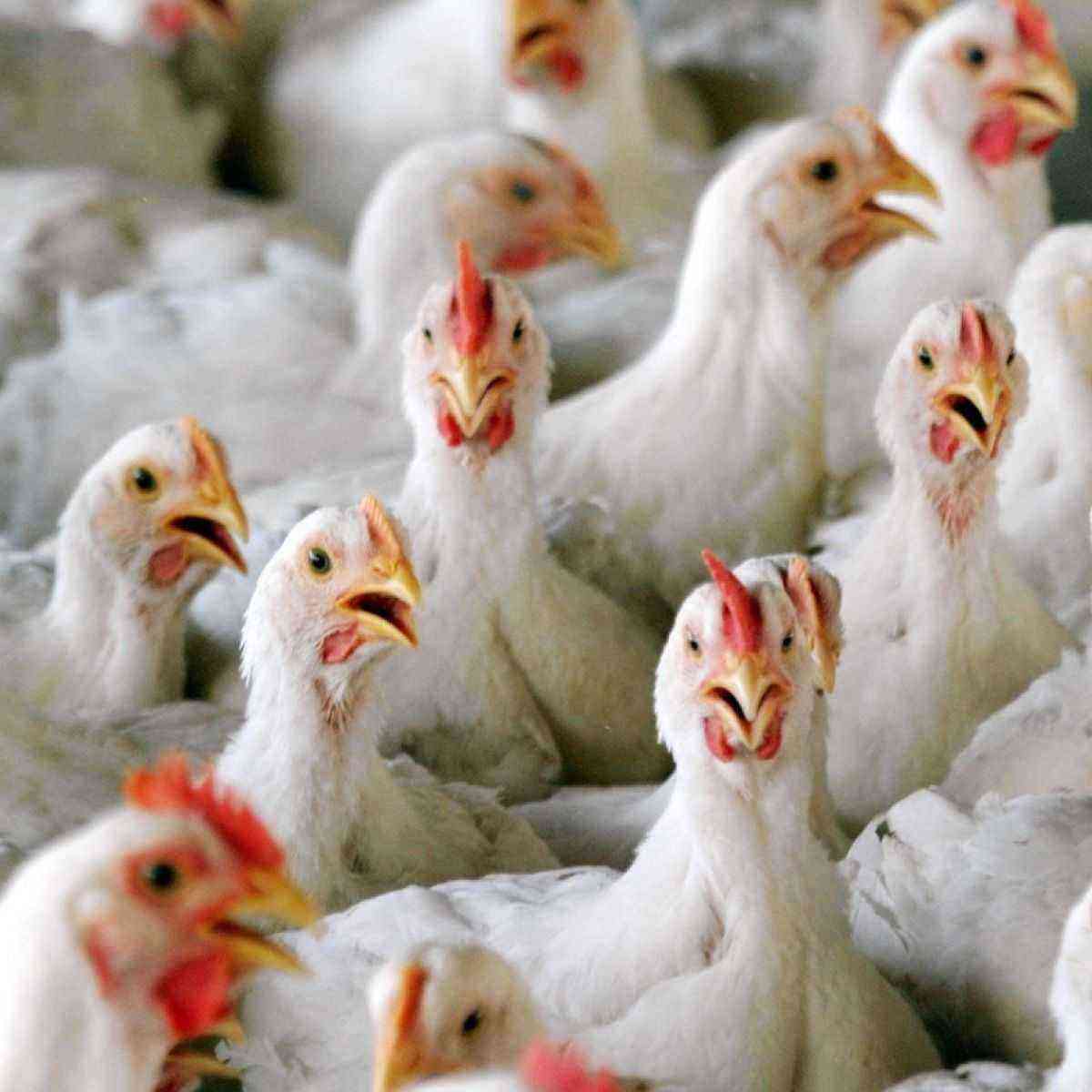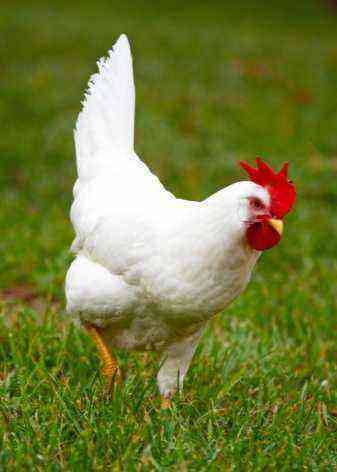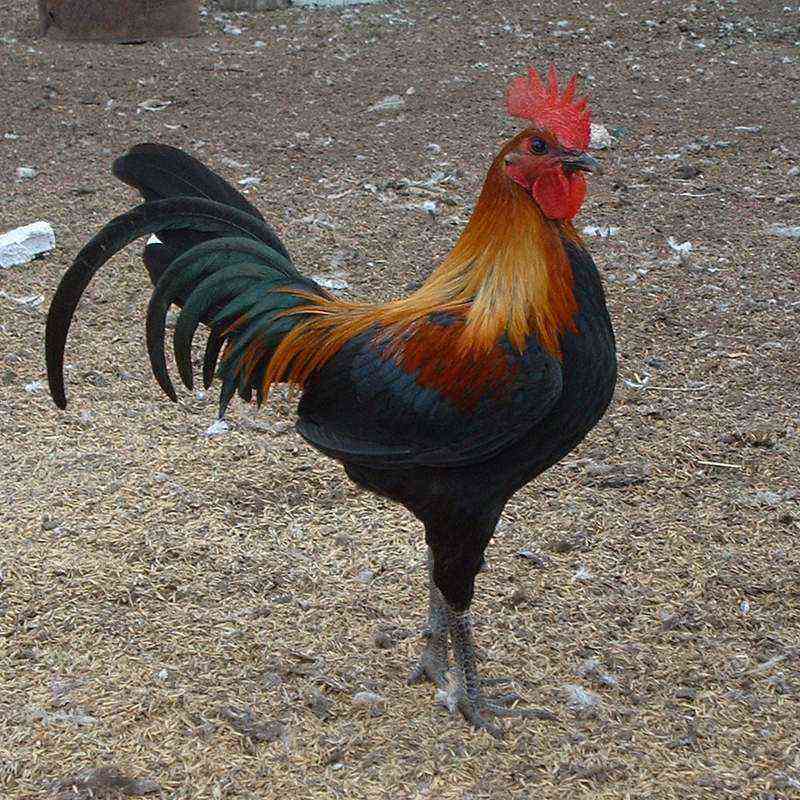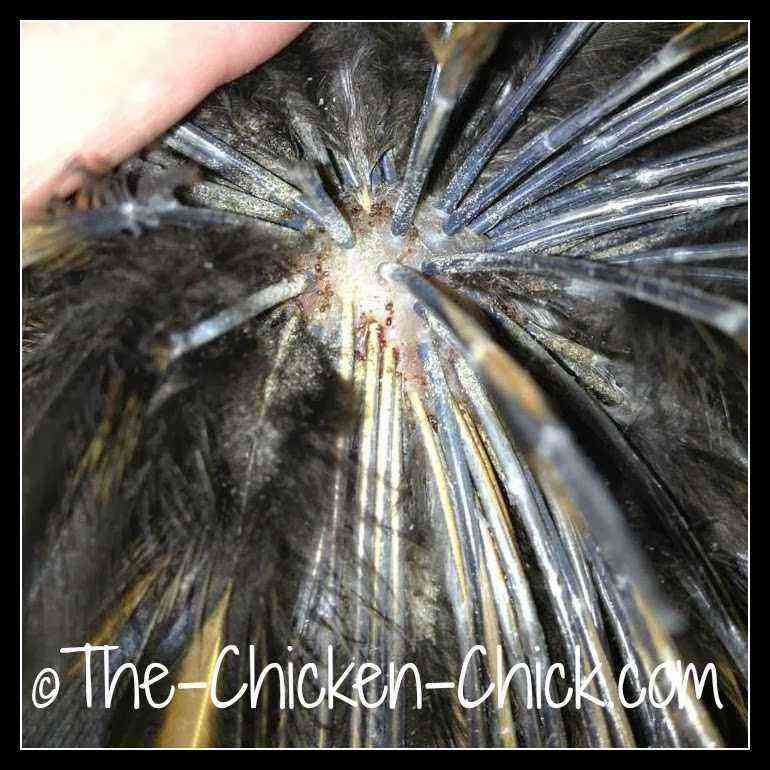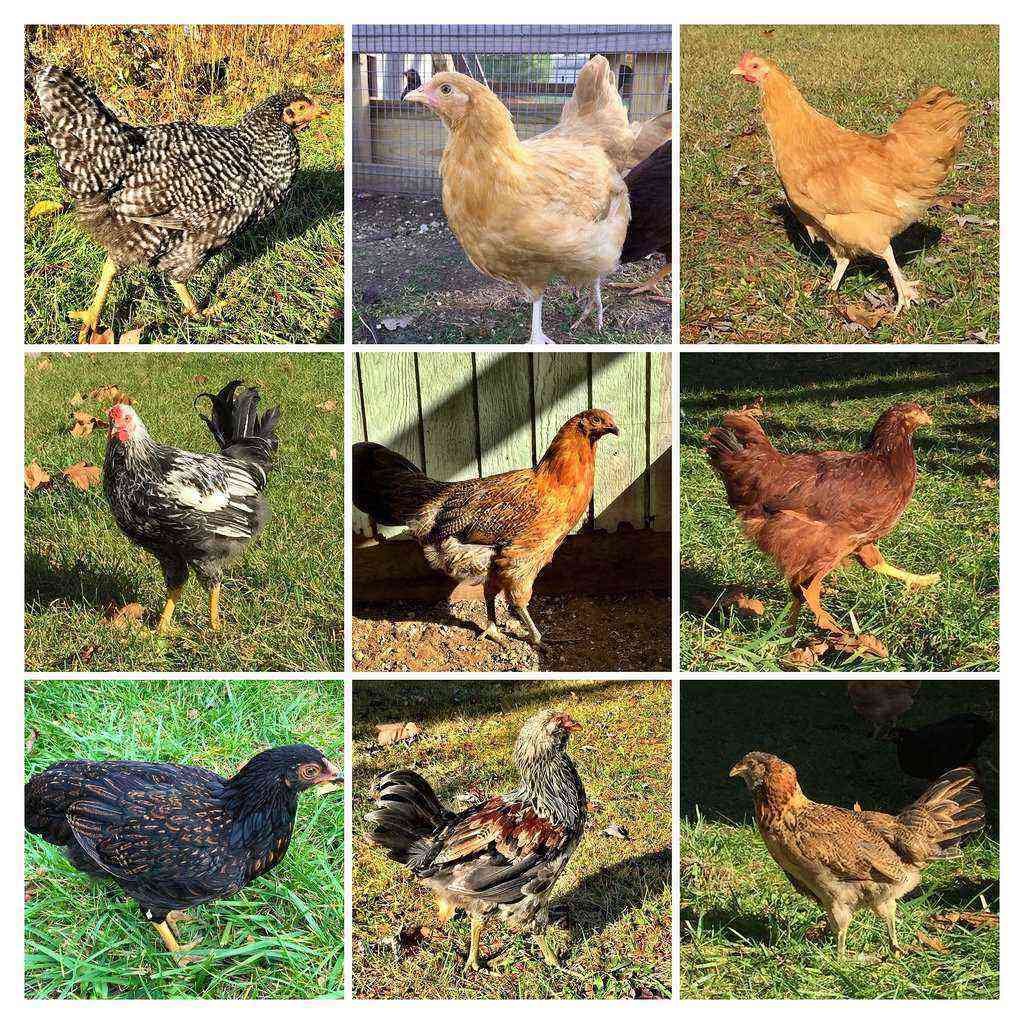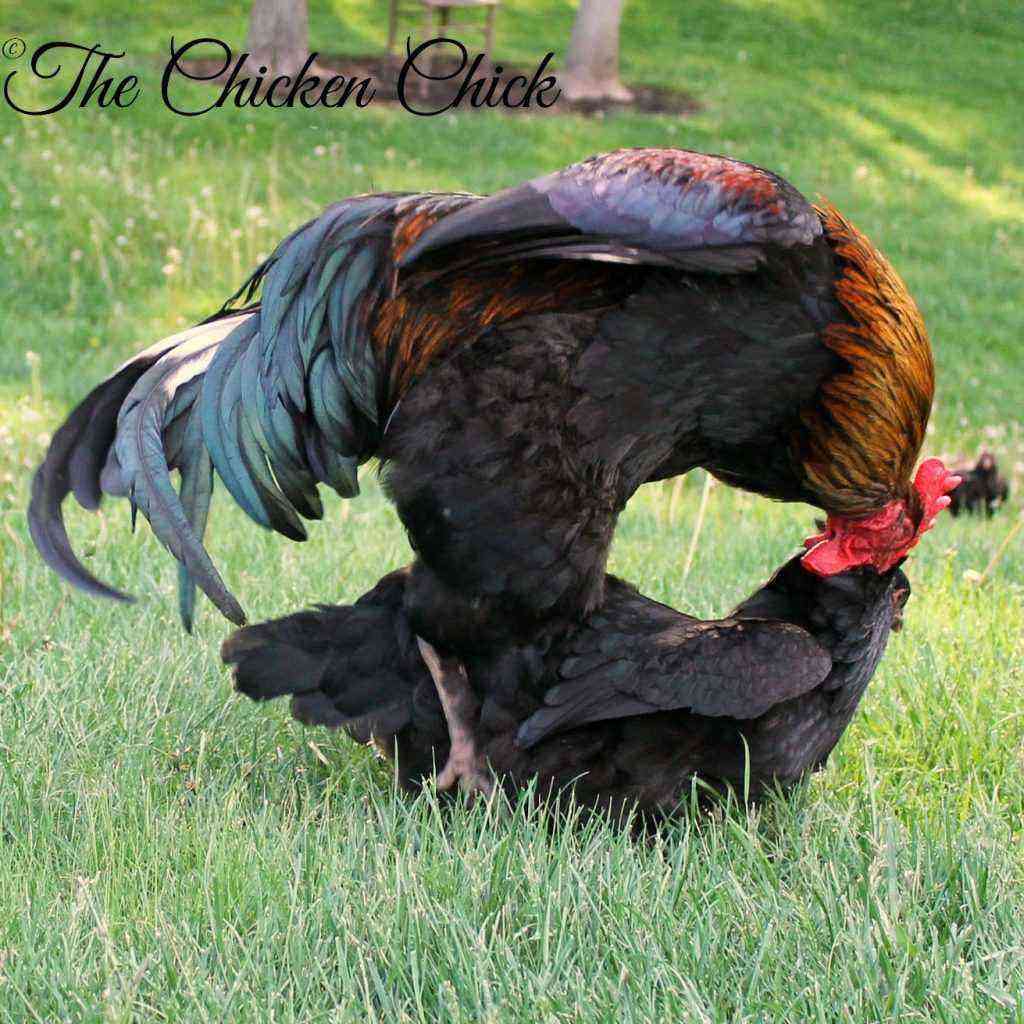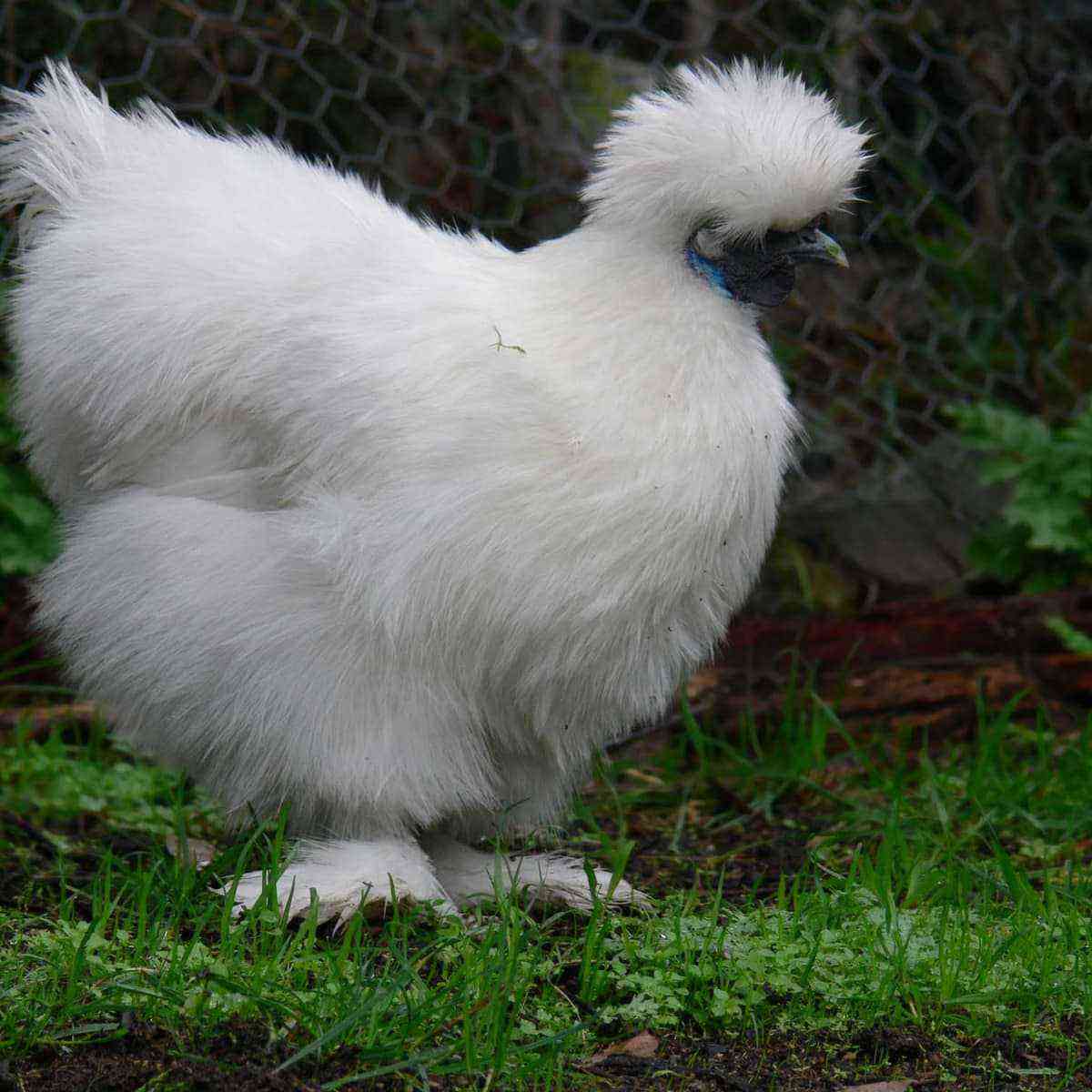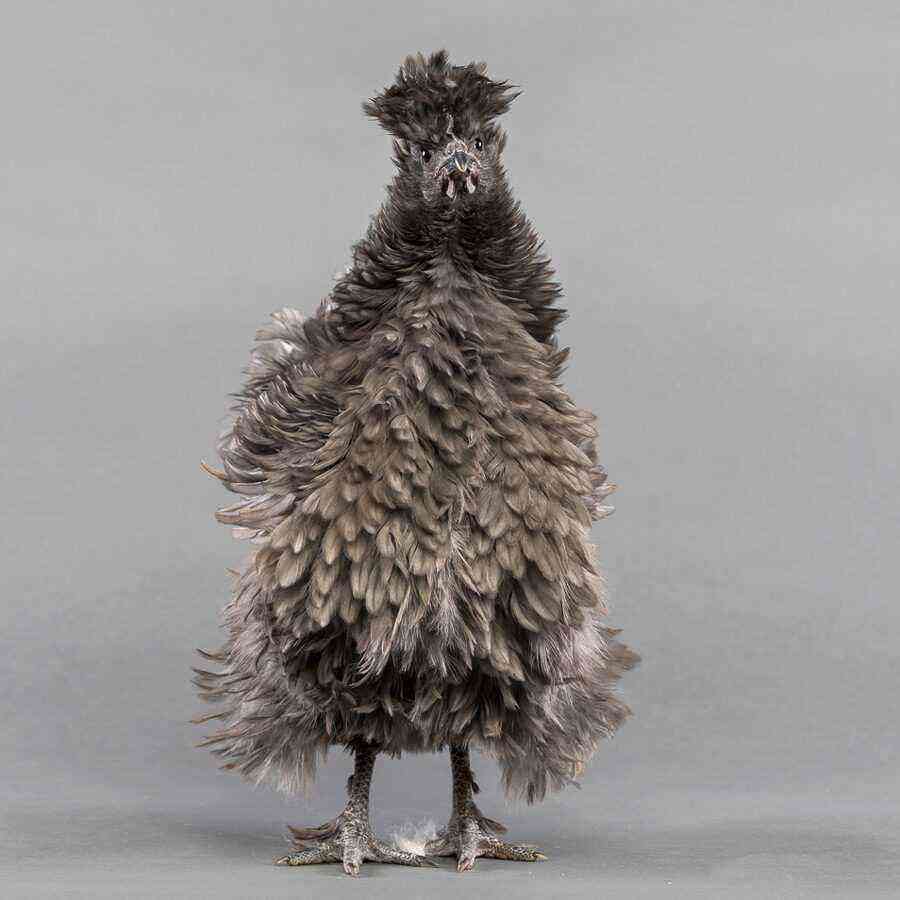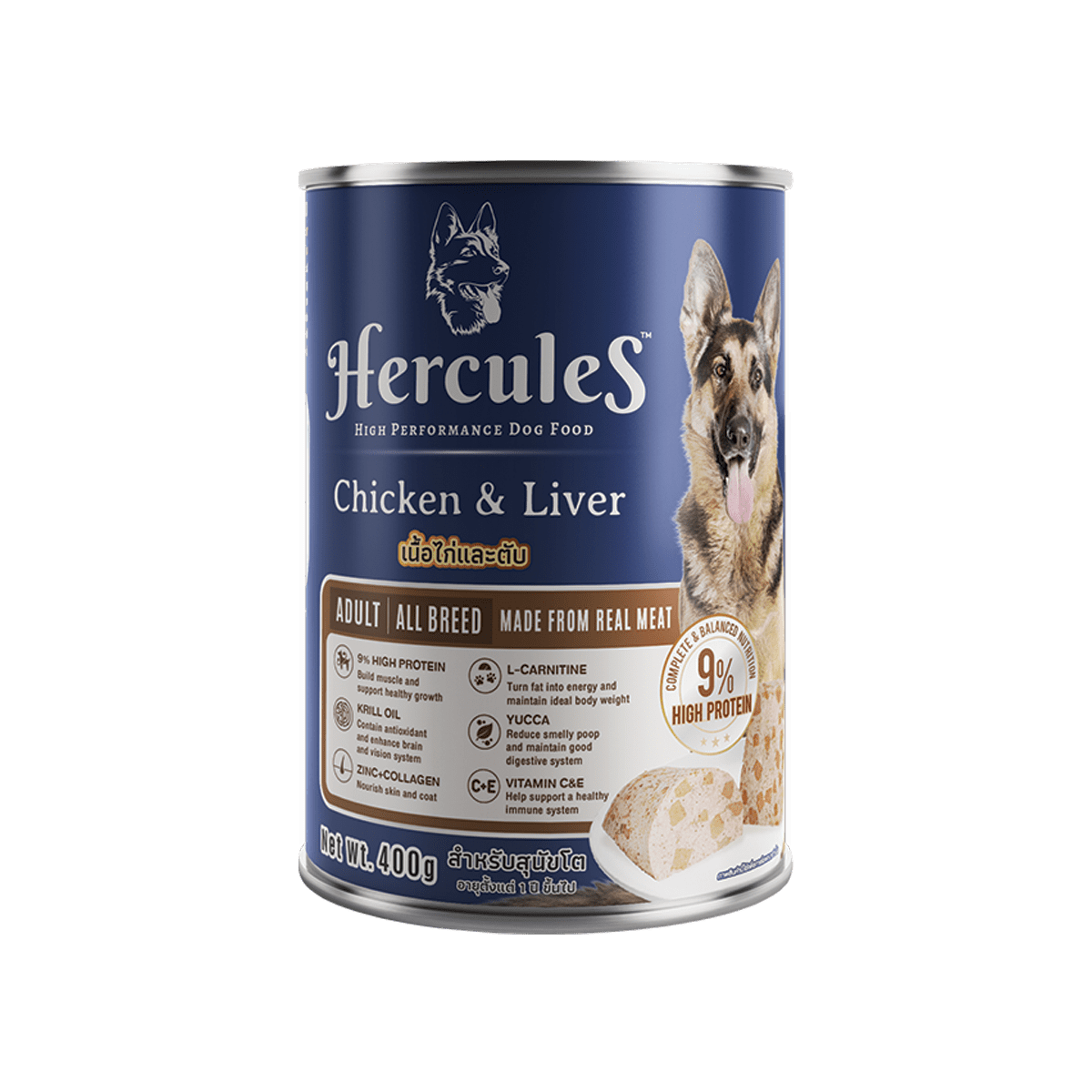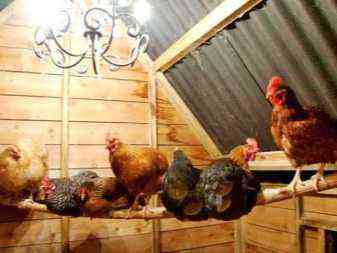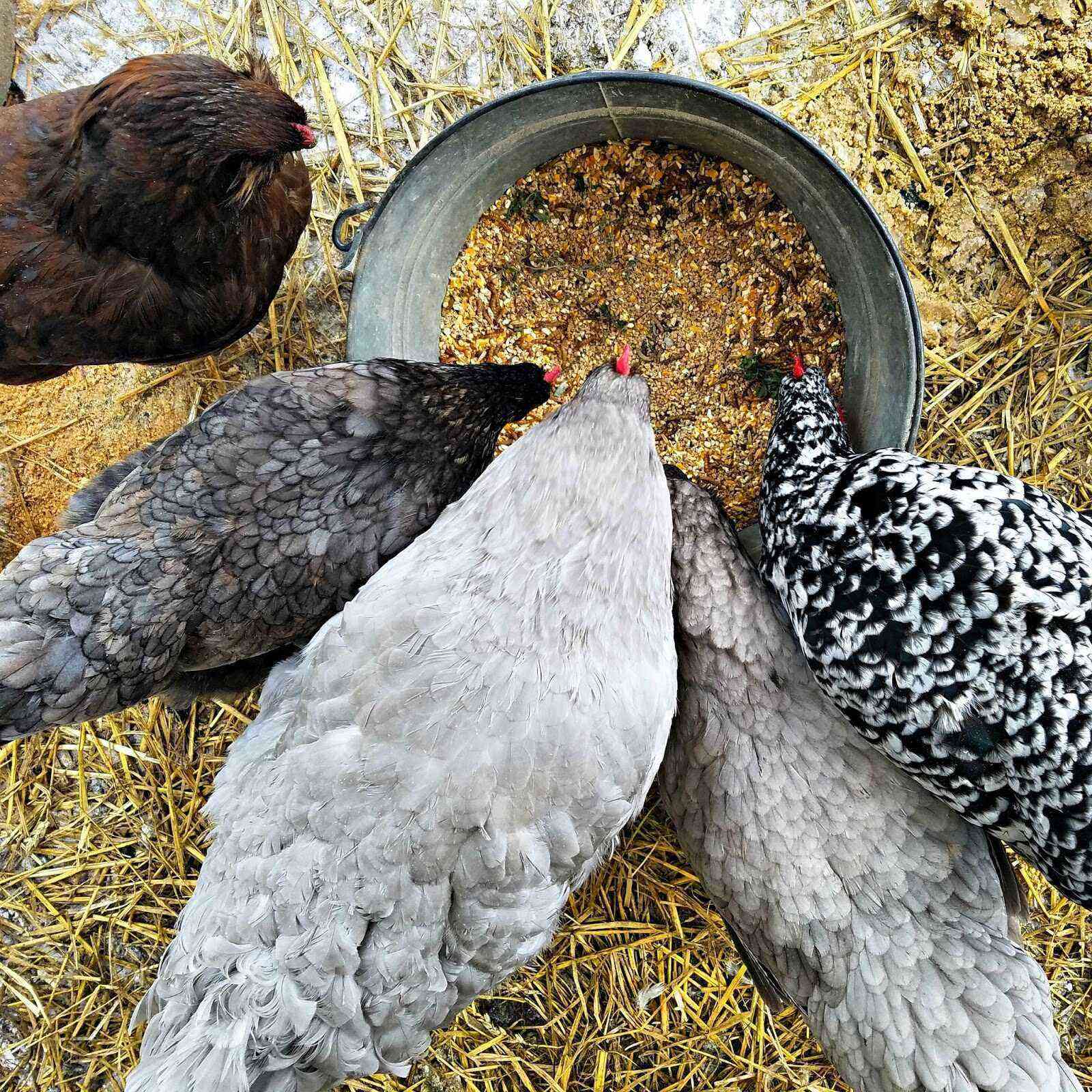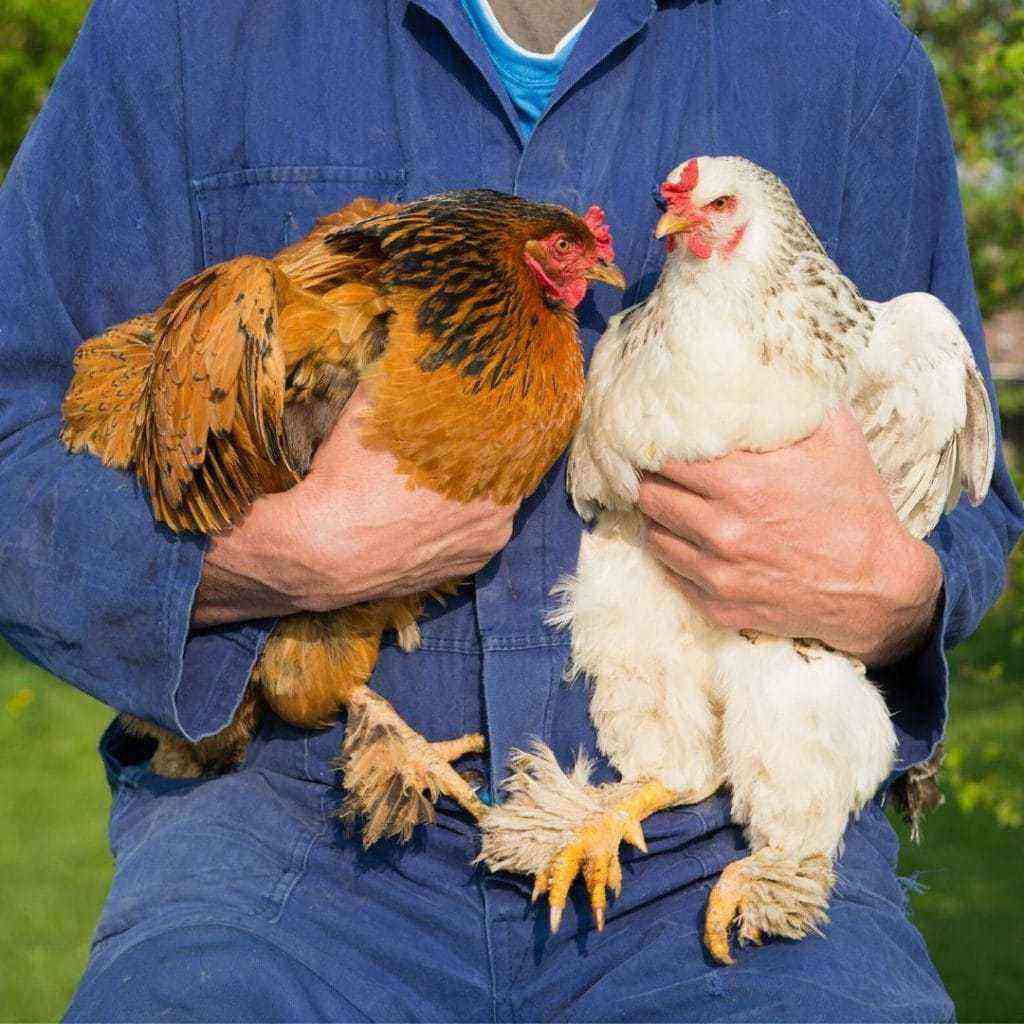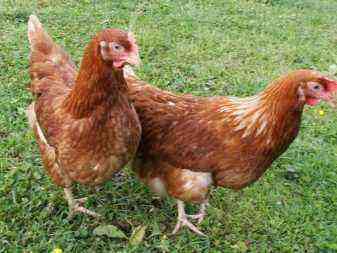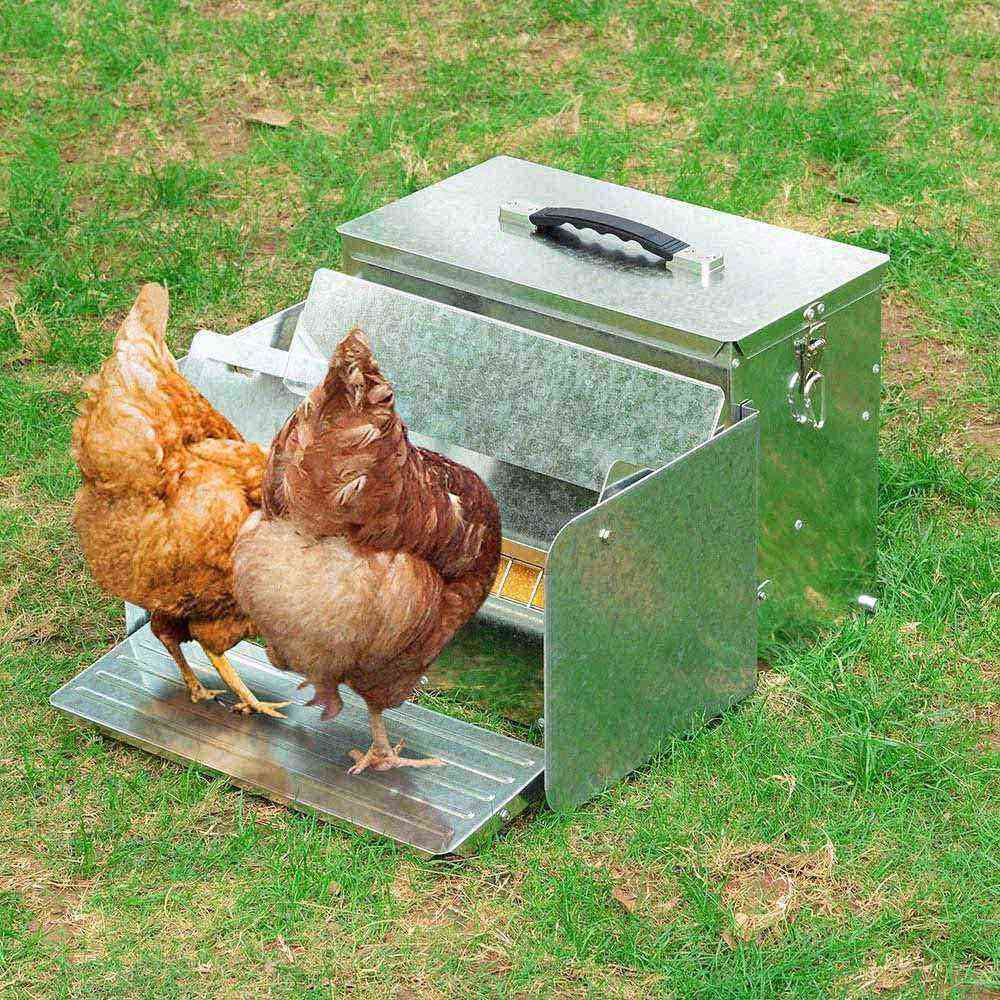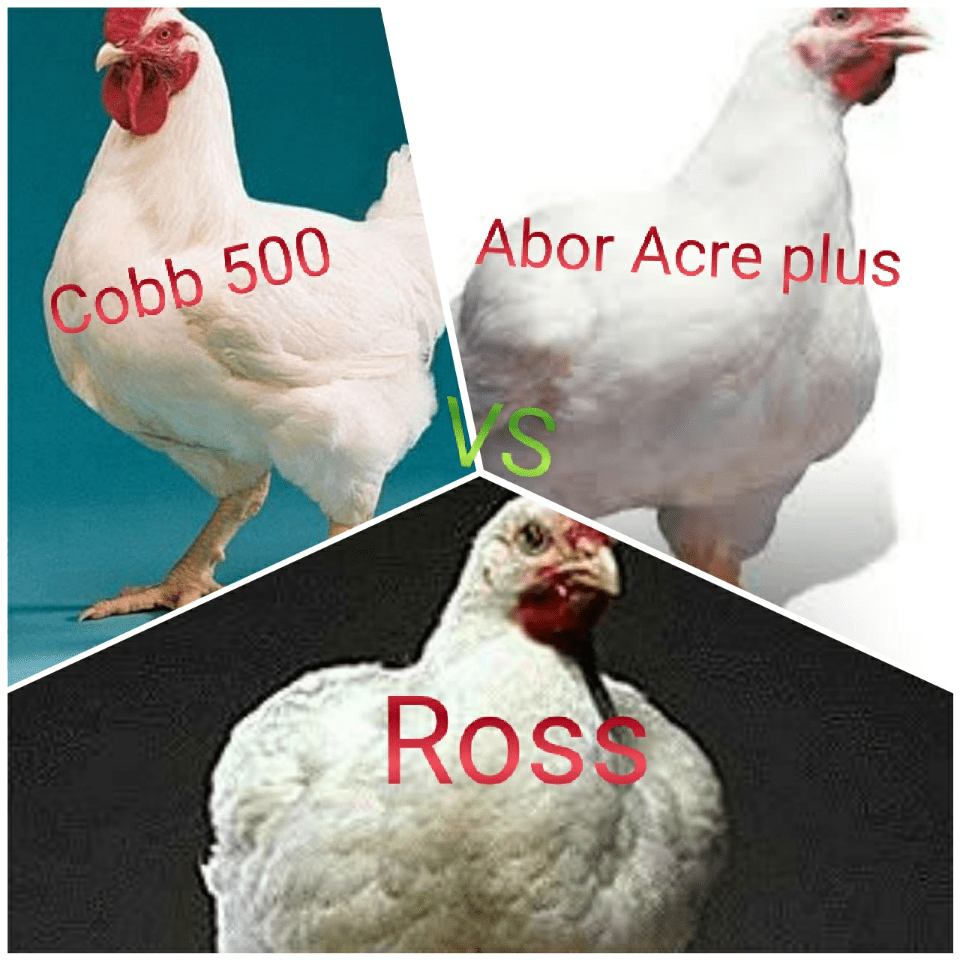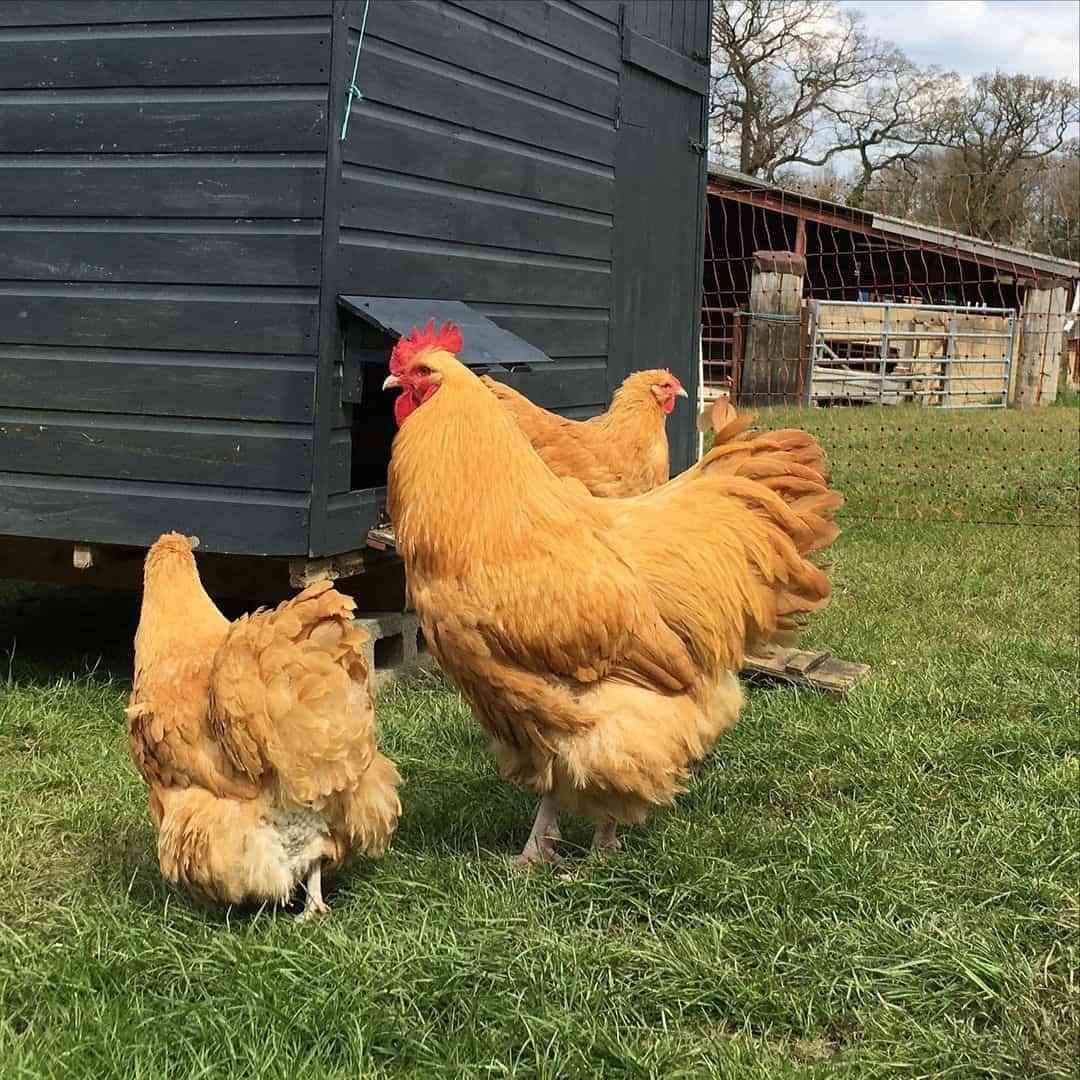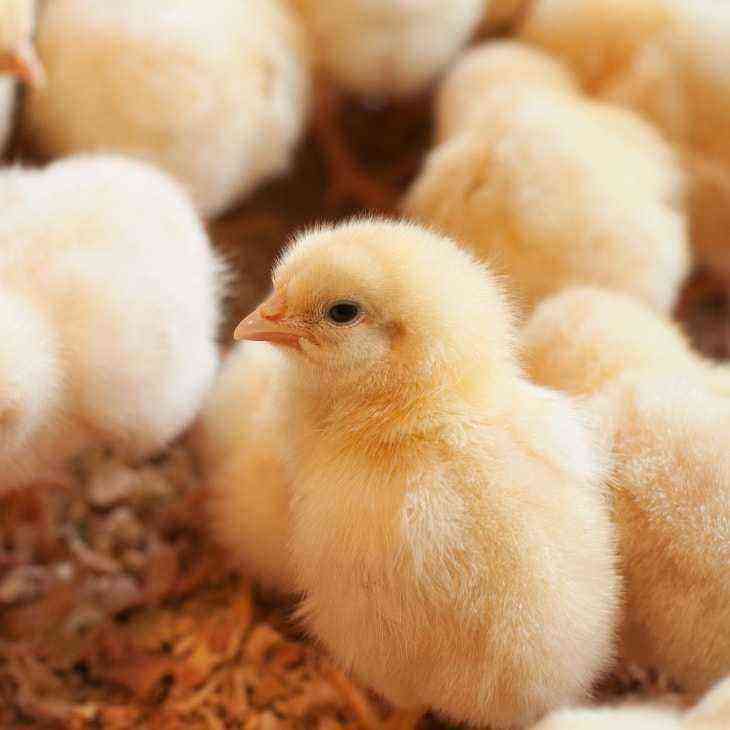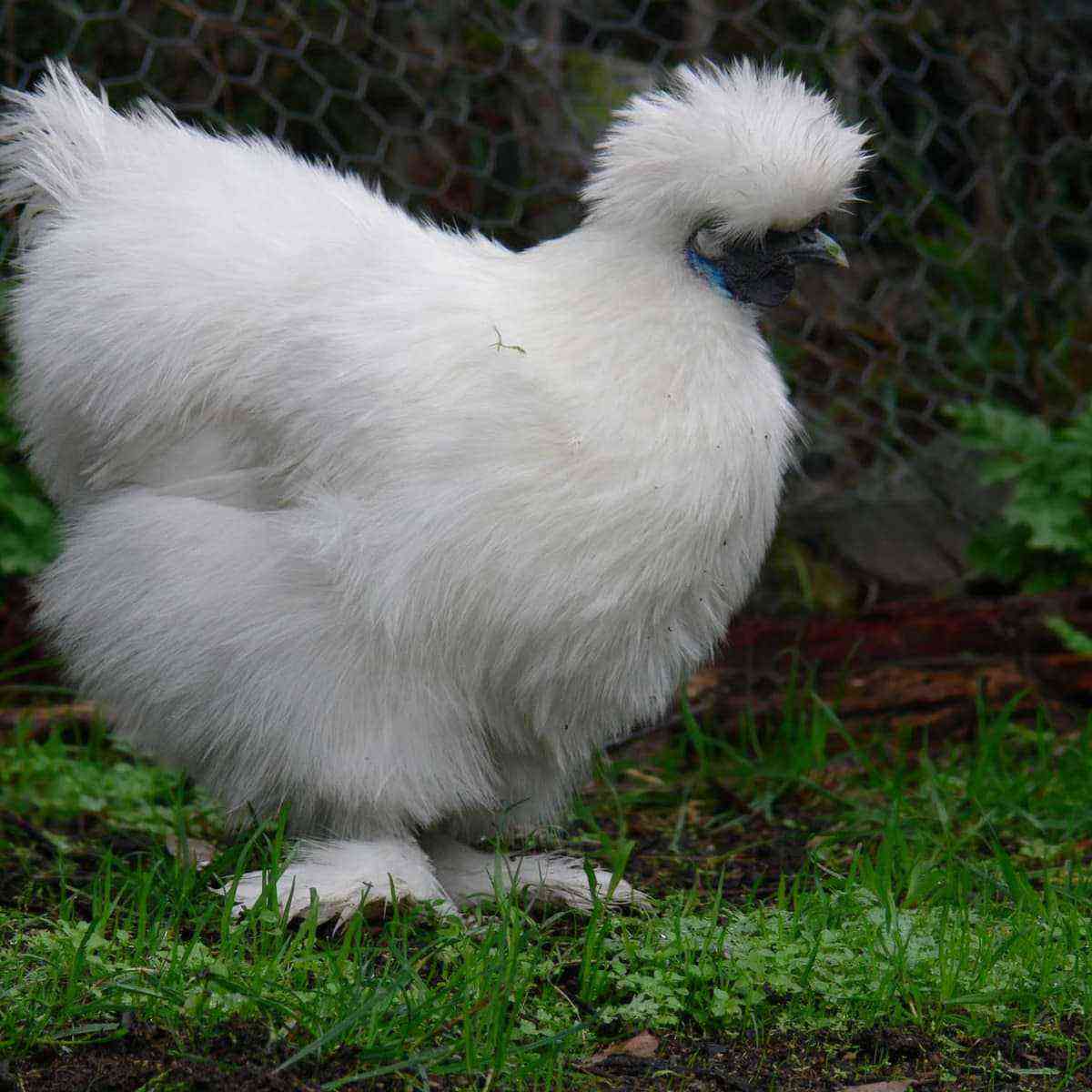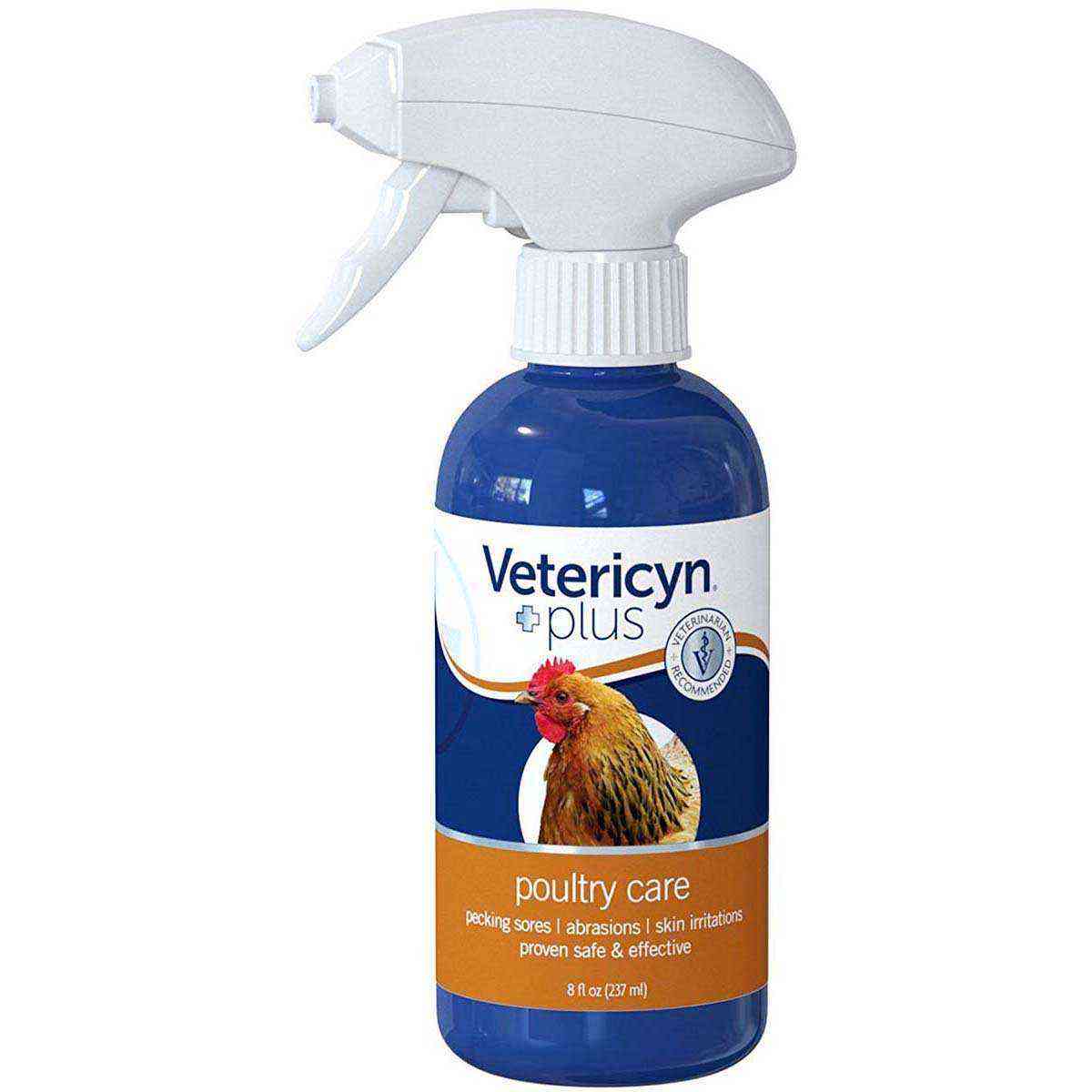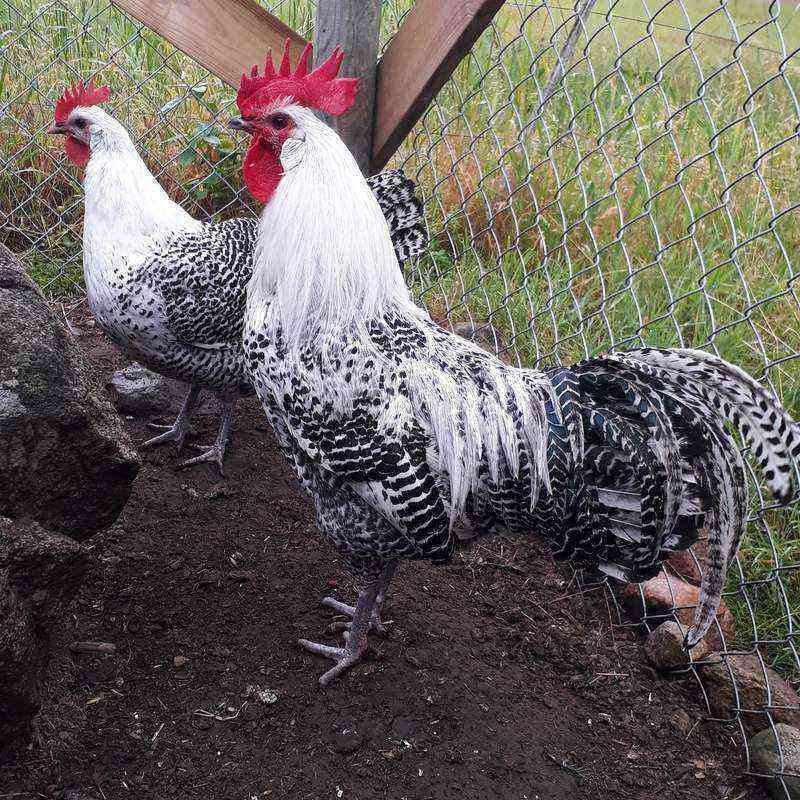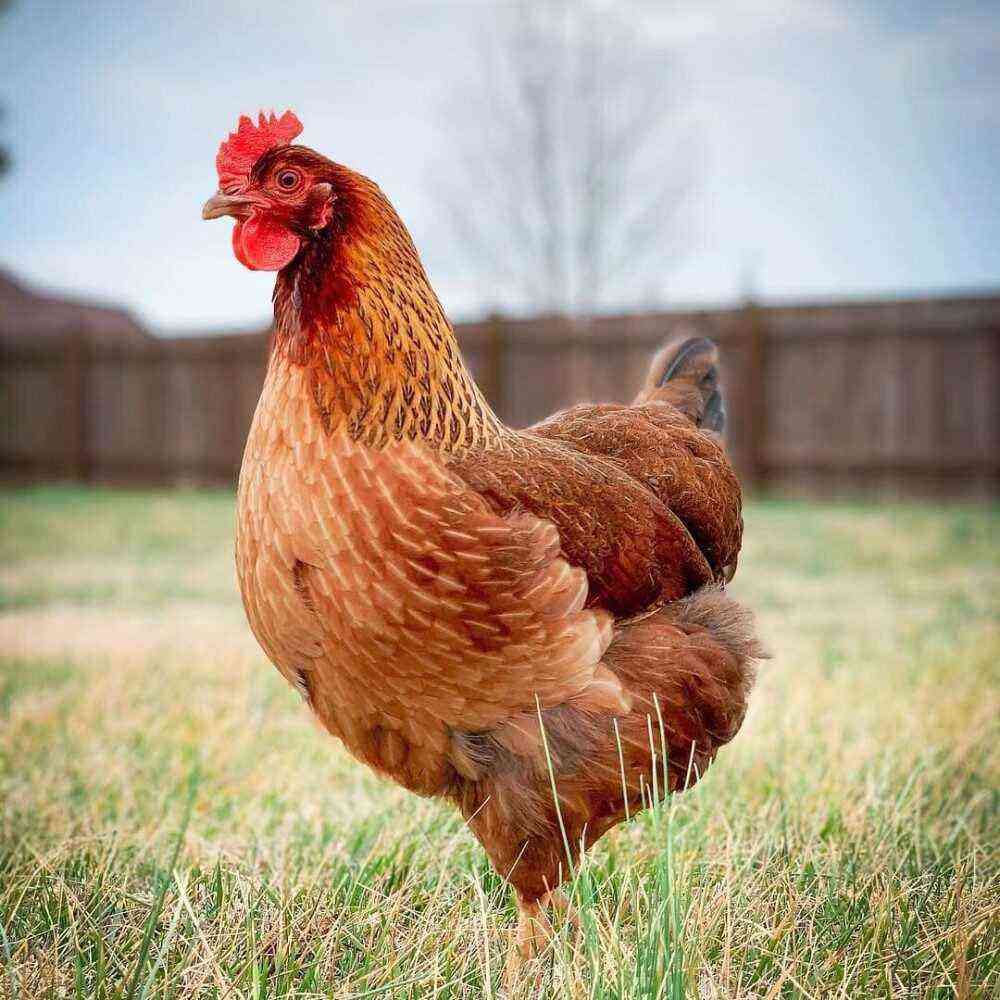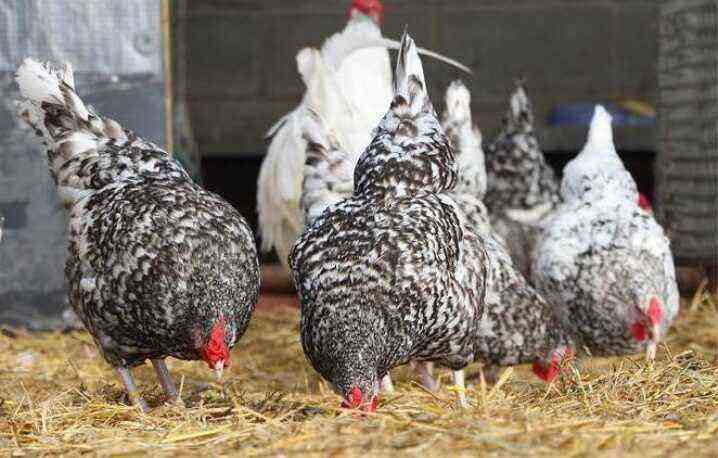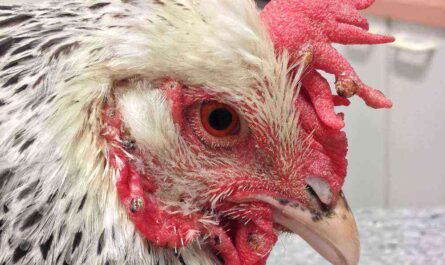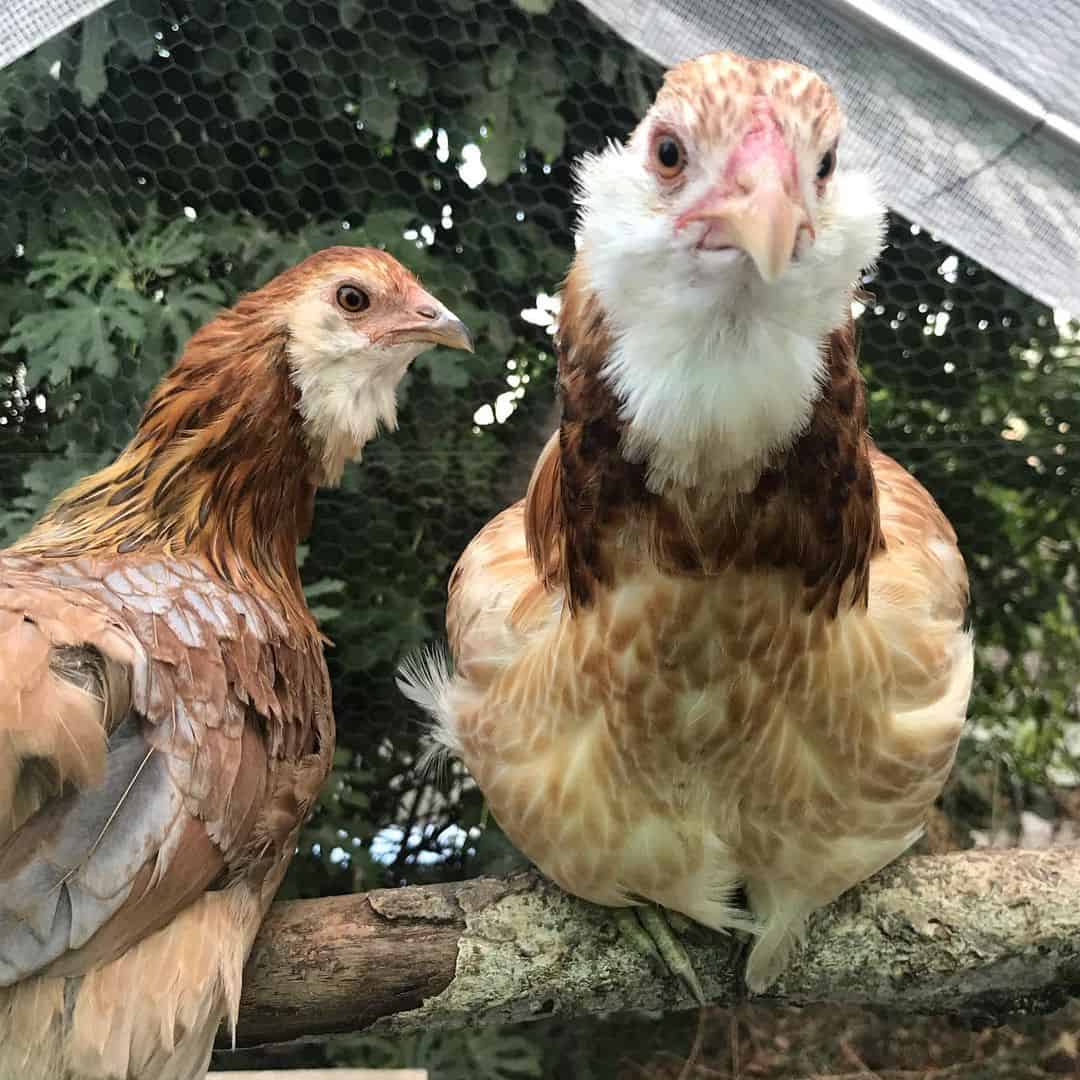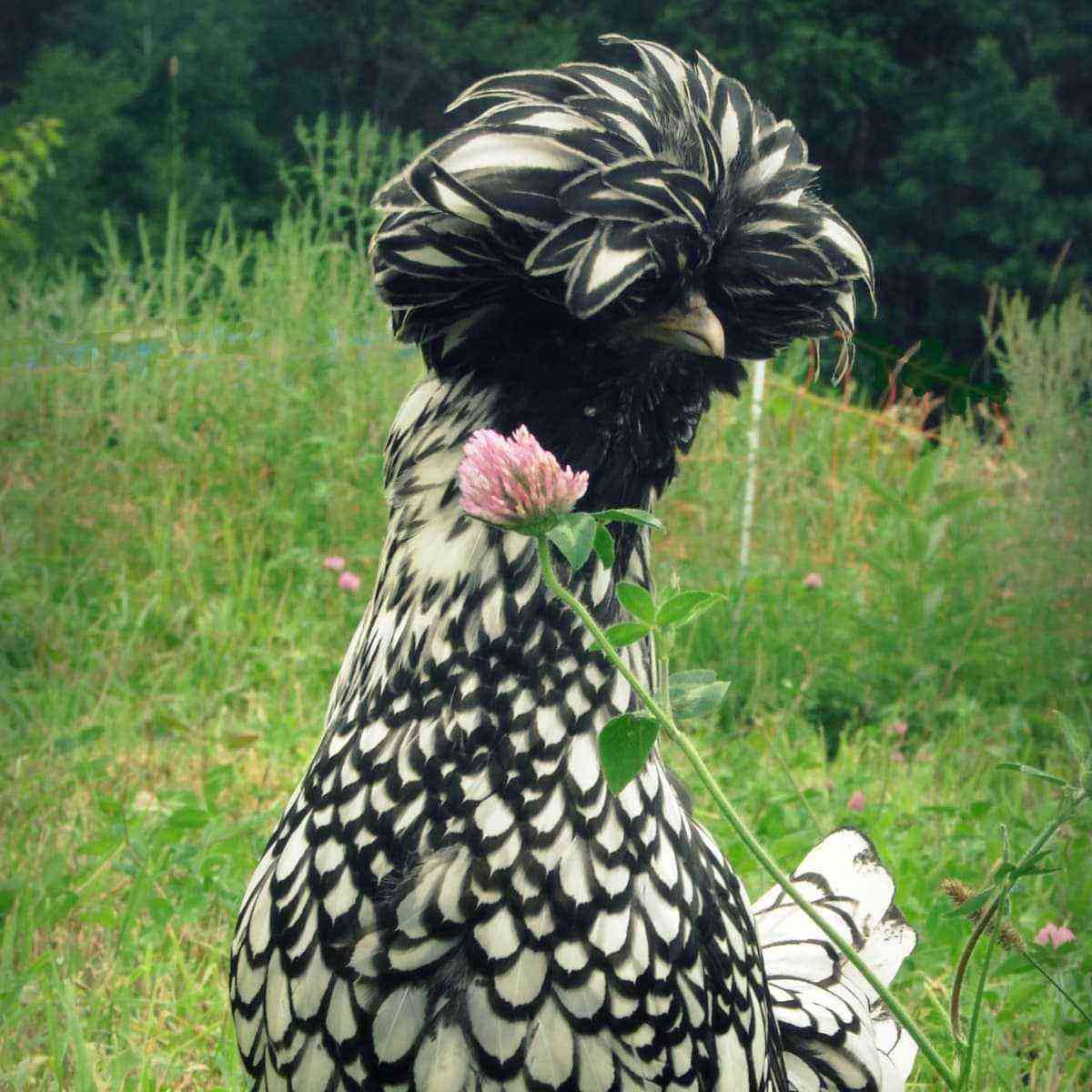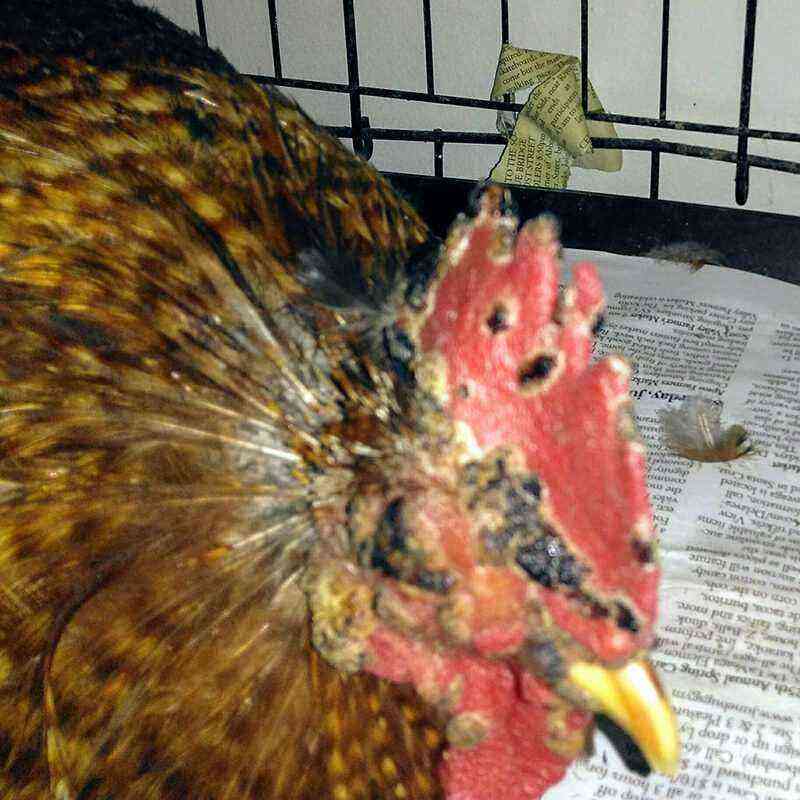Indian fighting chickens are today one of the most famous and popular breeds in the world involved in cockfighting. The second name of these birds is Cornish. These individuals are real fighters. They are hardy and strong. Like other sports feathered pets, they are distinguished by a powerful body and a strong beak. They have a cocky disposition and an aggressive nature.
The Indian fighting breed of chickens is characterized by a large body size. Laying hens are able to gain weight of three kilograms, and roosters reach four and a half kilograms of live weight. Sometimes there are poultry farmers who grow these feathered pets to get meat – tasty and juicy. Egg production in laying hens is low – only about a hundred eggs per year. The average weight of one egg is about 57 grams. The shell is light brown in color.
Fighting chickens of the Indian breed are mainly yellow or white plumage colors. However, sometimes there are feathered pets with blue, brown and black feathers.
The main advantages of these individuals are large size, high meat productivity, good fighting qualities, well-developed maternal instinct, and a good opportunity for selective crossing. But at the same time, the Indian fighting breed of chickens is prone to various kinds of diseases. The bird does not differ in endurance, it has an aggressive, restless character, and yet it must be trained long and carefully in order to get and educate a really good, stubborn fighter.
The main features of fighting Indian chickens are strong, strong paws and the ability to use them in a fight in the ring.
These birds need good keeping conditions. Poorly developed, rare plumage does not allow them to endure harsh winters and hard frosts. Therefore, first of all, the poultry farmer needs to take care of the arrangement and insulation of the premises for keeping the Indian fighting breed of chickens. In the summer, these individuals need walking, walking in the fresh air.
In addition, the bird is prone to diseases, especially the appearance of ticks and feather-eaters on the body. Therefore, it is very important to regularly clean, treat and disinfect the chicken coop, preventing the appearance of parasites.
